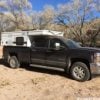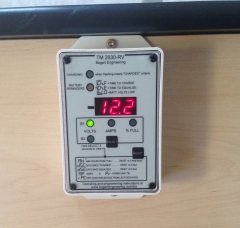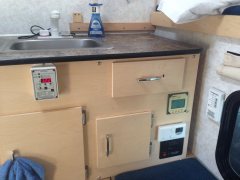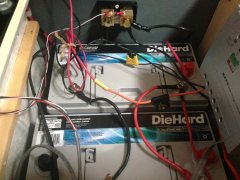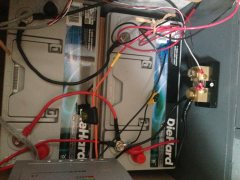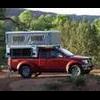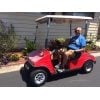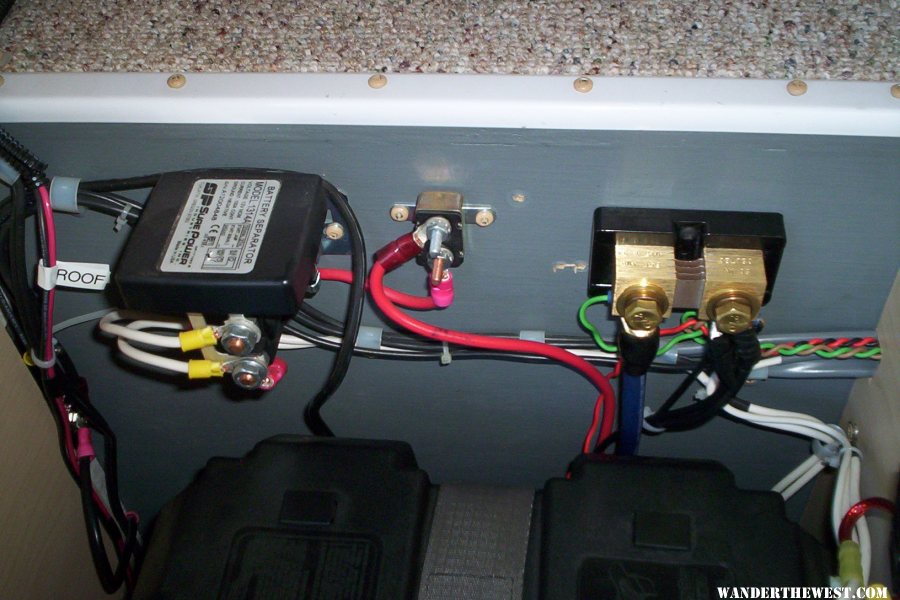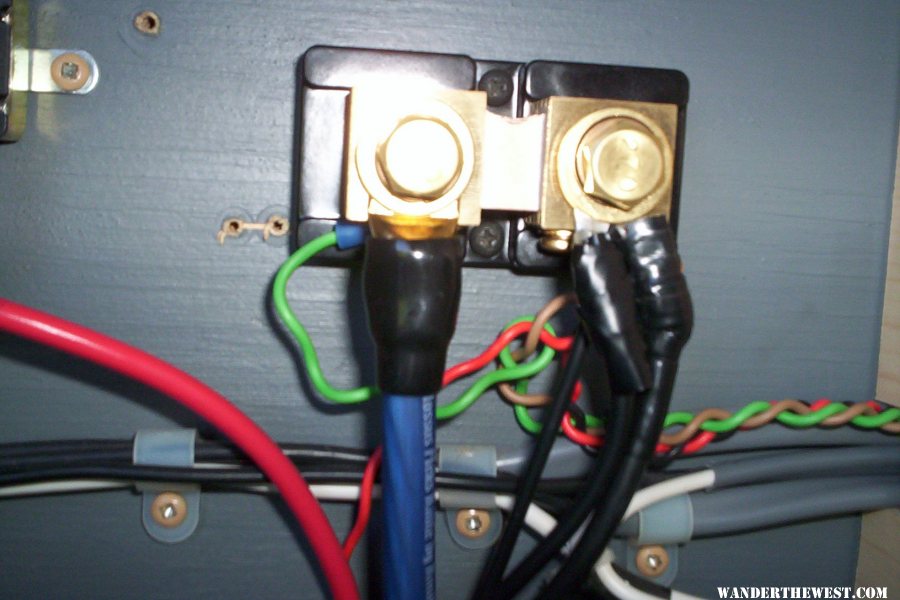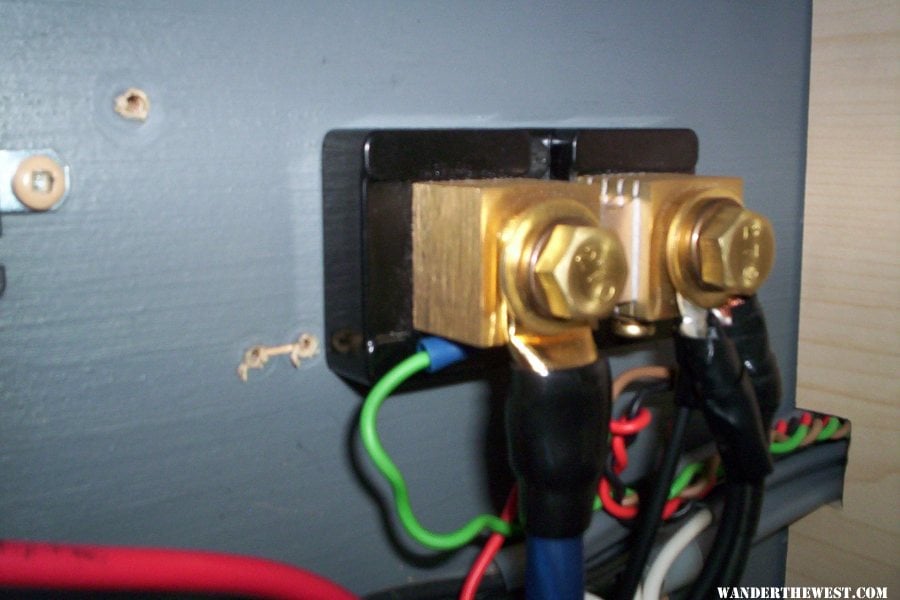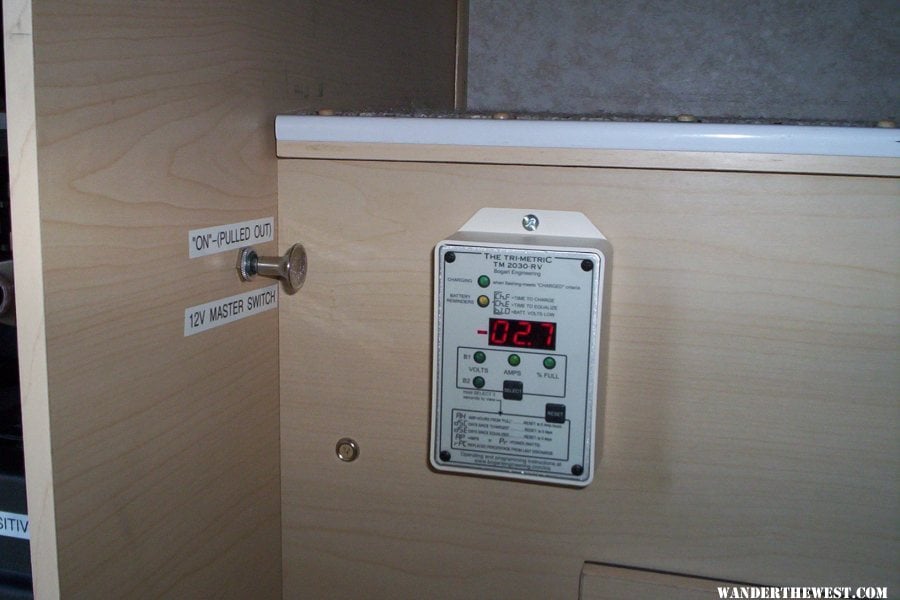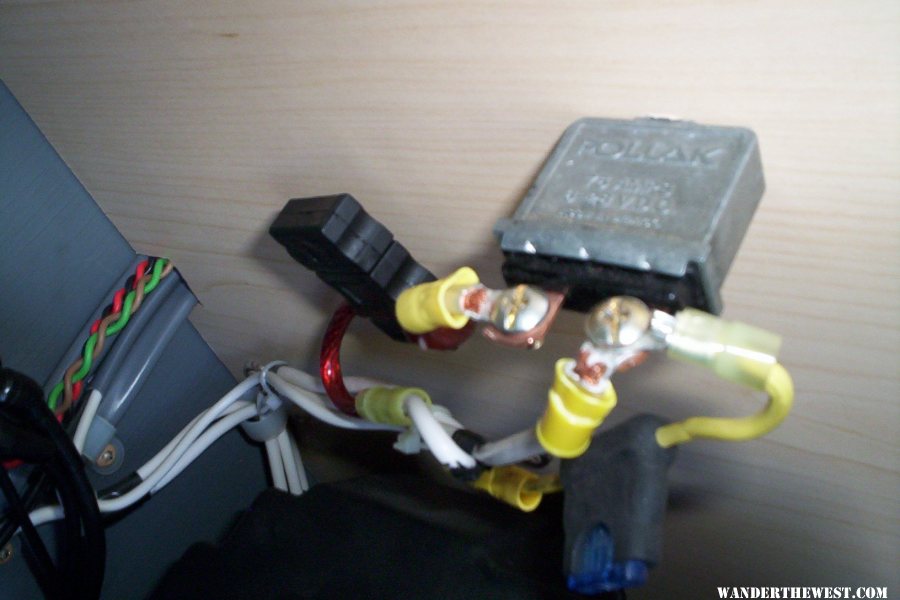I've seen several requests on the Trimetric 2030 installation and wanted to post a few pictures.
Here is some information about the battery monitor in case you don't know much about it:
http://www.bogarteng...ducts/trimetric
http://www.bogarteng...Reference-2.pdf
In a nutshell, it's a battery monitor that uses a shunt to monitor the amp hours of your battery. As electricity passes through the shunt, the monitor keeps track of whether it is going into or out of your battery. It monitors real time voltage, amperage, percentage of charge and a ton of other things I don't even really pay that much attention too.



